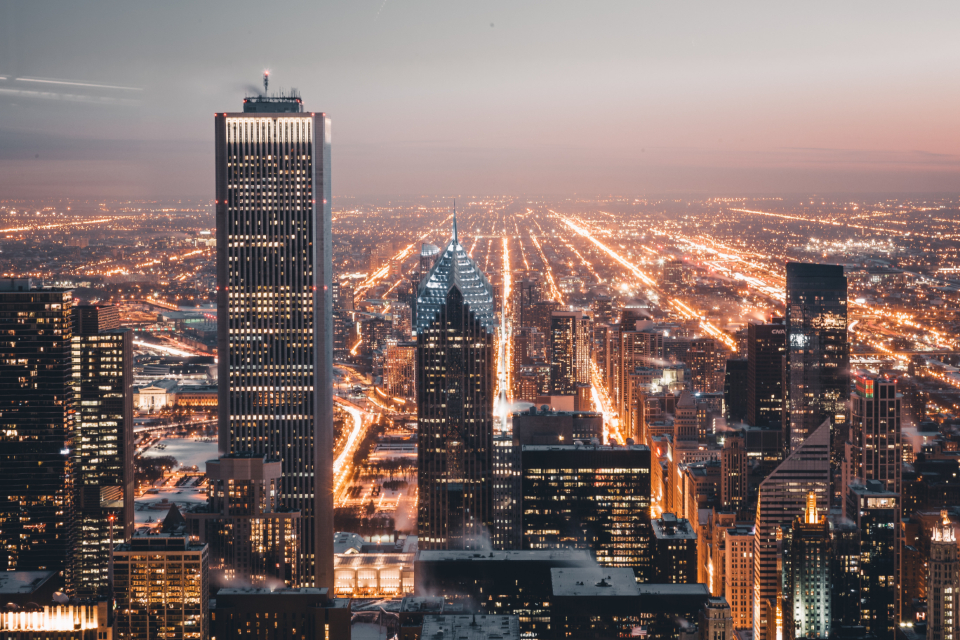
As a result of the extensive data analysis, theoretical physicist Geoffrey West has come up with a formulation that "every time the population of a settlement double, national income and innovation per capita increase by 15%". The increase in per capita income and innovation is increasing every time, starting from the village, going towards the town, the city, the big city, the megapolis. Since national income per capita and the culture of innovation differ from country to country, we can only use the formulation mentioned above when comparing settlements within a country.
Why does the amount of per capita income and innovation increase as the population in the settlement increases? We can briefly answer this question as the large population makes specialization possible. The economy of cities is based on the networks of relationships that people create. In Megacities, it is possible to operate and receive services in niche specialties that do not appeal to the general population. In Istanbul and similar mega cities, you can go to a ceramic or yoga course, find a cello mechanic, see a doctor specializing in hip aesthetics. Cybersecurity experts, those working in artificial intelligence, and those who think the apocalypse is now imminent can share their knowledge and experience.
People concentrate on a small surface area provides obvious benefits other than the possibility of specialization. As the population density increases, the infrastructures that characterize a city begin to be used more effectively. Infrastructure investments such as electricity grid, sewerage, internet line, water distribution line, road network per capita decrease as population density increases. Large-scale data analysis shows that each doubling of the settlement population saves 15% on infrastructure investments that must be made per capita. Geoffrey West states that this is an unshakable mathematical rule of urban scientific theory.

Although it is economically advantageous to live in megacities, gathering many people in a small area brings disadvantages such as traffic, environmental pollution, disconnection from nature, and the high cost of real estate prices. In big cities, people come across a thousand kinds of germs and viruses from all over the world, along with different ideas and cultures. Thus, In addition to the high per capita income compared to other provinces, the highest case of COVID-19 compared to the population is observed in megacities.
Despite the disadvantages listed above, megacities have a side that fascinates people. If we compare the city to the human body, we can match each residence or workplace with a cell. As with the human body, there are regions in the city that specialize in performing a function. Cities, of course, do not have as clear an organizational structure as the human body. Functional areas can be scattered in multiple places, and the outer boundaries of the city are not as straightforward as that of the human body. Urbanization is one of the few trends that has persisted consistently throughout history. As a person who writes science fiction stories and novels, I am therefore closely interested in the phenomenon of urbanization. In 1800, only 3% of the world's population lived in cities. By the end of the 20th century, this figure had reached 47%. In my childhood, only 30% of Turkey's population lived in cities, now 88%.
It is possible to observe the effects of the growing world population in science fiction works. William Gibson's novels Neuromancer (1984), Count Zero (1986), and Mona Lisa Overdrive (1988), called The Sprawl trilogy, are set in a megacity called Sprawl. This city was formed due to the merger of all cities on the east coast of the United States. In this city, which has its climate and day and night cycle, people are intertwined with the virtual world.

Trantor, mentioned in Isaac Asimov's Foundation series, is the center of the galaxy with a population of 45 billion people and a surface area of 40% of our world and has completely covered the planet in which it is located. Rome, the capital of the Roman Empire, had a population of 1 million by the end of the 1st century. Rome's population had dropped to 20,000 by the beginning of the Middle Ages. It's pretty out of the usual trend. Settlements with a population exceeding 10 million are called megacities. The boundaries of a city are determined by the municipal area and the residential areas that surround it without interruption. This urban area forms functional and economic integrity.
The fastest population growth worldwide is in Africa. It is therefore projected that in 2050, a large number of African cities will turn into megacities. Among these cities, Kinshasa from the Republic of the Congo, Lagos from Nigeria stands out with their population estimated to exceed 30 million. It is estimated that in 2050 the world's largest populated city will be Bombay, with 42.4 million inhabitants. Although Mega cities provide relatively good economic opportunities, they do not offer a lovely environment for their residents regarding the quality of life. This may also be since megacities are mostly part of developing countries.
On the one hand, cities grow and become crowded, and on the other hand, virtual gathering places reduce the importance of which town people live in. Ownership of cryptocurrencies is now being added to property ownership, which is the primary means of creating wealth and transferring it from generation to generation. Cryptos and platforms are trying to attract users as cities try to attract tourists and business people. The digitalization that makes remote work possible seems destined to affect the surprising maths of cities. I hope that one day, the situation of living stress-free in a quaint seaside town that most of us dream of and earning income at the level of a big city will come true.
Sources:
TED Talk By Geoffrey West
English Wikipedia - Megacity Article
Andrew Marr's Megacities Documantary
Cover Image By Stocksnap.io
First GIF By Giphy
Second GIF By Giphy